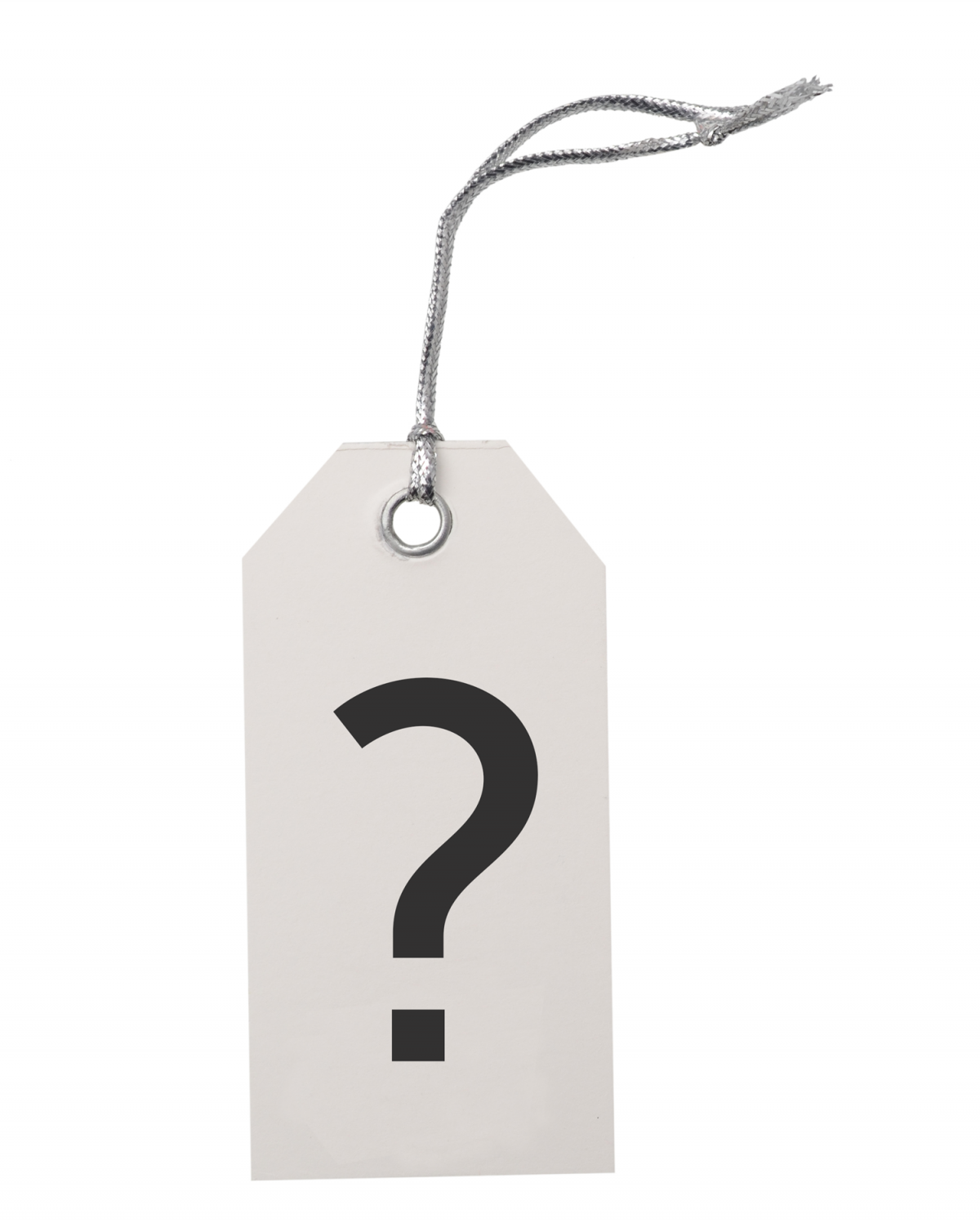
I have, in previous posts, raised the importance of defining the industry and to understand what the company offers to its customers, i.e., which right to existence the company has. Once you know your industry, what to offer, and who your customers are, you then need to decide the price of the product.
A while ago I got the question from some young entrepreneurs asking how to price their products. There are, of course, many different more or less complex pricing and business models. However, I decided to share three very basic methods, and I believe these might also be of interest to some of you who read my blog. The basis for the three models are:
- Cost
- Market pricing
- Customer value
Cost-based
This is a very basic model to determine the price of a product (tangible or service); it has its starting point in the cost to produce, or purchase, the product. You get the price to the customer simply by adding the gross profit the business needs. This model is called “cost-plus” and is still very commonly used. The formula to determine the price is:
Product Cost + Margin = Price
Example: If the product cost (produced or purchased) is €60 and the margin needed is €40, the price to the customer will then add up to €100. Hence, our gross profit is €40, corresponding to a gross margin of 40%.
However, this method does not take into account the existence of a market price and the fact that the customer may have several options to choose from. We can quickly conclude that if any competitor can offer a similar product at a lower cost and price, we have a problem. This becomes even worse if the competitor’s business can operate with lower margins than we need.
Market pricing
In a fair competition, the market sets the price, and to be able to deliver the shareholders’ expected returns, our business needs a certain gross profit to cover operational and financial costs.
To take competing pricing into account, and accepting that the market sets the price, we need to reverse to the cost-plus formula. When recognizing a set market price and a set margin goal, the outcome of the modified method gives us the highest cost that product may have and still be competitive:
Price – Margin = Product Cost
Example: Assume that the market price is €90 and that our company needs a gross profit of €40. The reverse formula then gives the maximum cost level the product can have to be competitive, i.e., €50. As seen, we still have a gross profit of €40, while the gross margin is increased to 44%. Hence, we may believe that our earnings have increased. This is a dangerous conclusion since the gross margin in Euros is still the same. Obviously, it is important to control and manage the gross profit (e.g., in Euros) as well as the gross margin (as a percentage of sales).
What if the market price in our example drops below €90 and we cannot further reduce our product costs? Well, then our business will have difficulty competing in the market. Since, most likely, the company’s shareholders will not accept reduced returns, the business must become more efficient and reduce its operating costs.
Customer Value
The two models above can be used in mature markets with well-known competing products. But how do we know what price to ask for if we offer an entirely new product? Assume that the company is a forerunner and the first to launch a new product—there are no existing products to compare it with. The customers may not even know that the new product exists or that it is needed.
If the company uses the cost-plus method, there is an obvious risk of setting the price wrong. Actually, it is a common occurrence to set the price too low when first launching a product because the product’s value to customers and its benefits are underestimated. Further, the model based on the market price cannot be used since there is no direct product to compare.
So, what to do? Well, the first thing we need is a deep understanding of what problems the new product solves – or what needs are unfolded. Even if there is no identical product, you need to know if there are competing alternatives and substitutes – which is often the case. In the analysis, we must also understand the complexity and costs to the customer when replacing an existing solution.
In a prior blog, I shared a method for expressing the core of the benefits of an offering to a client. The method requires the use of only a verb and a noun to explain what the customer needs. When determining the total customer value, the analysis is, in a further step, divided into two parts: the “use-value” and the “attribute-value” (perceived value). If you want to know more about the “verb & noun model” you may read my blog post “Bottom-up.”
Image: Shutterstock & Vestadil.